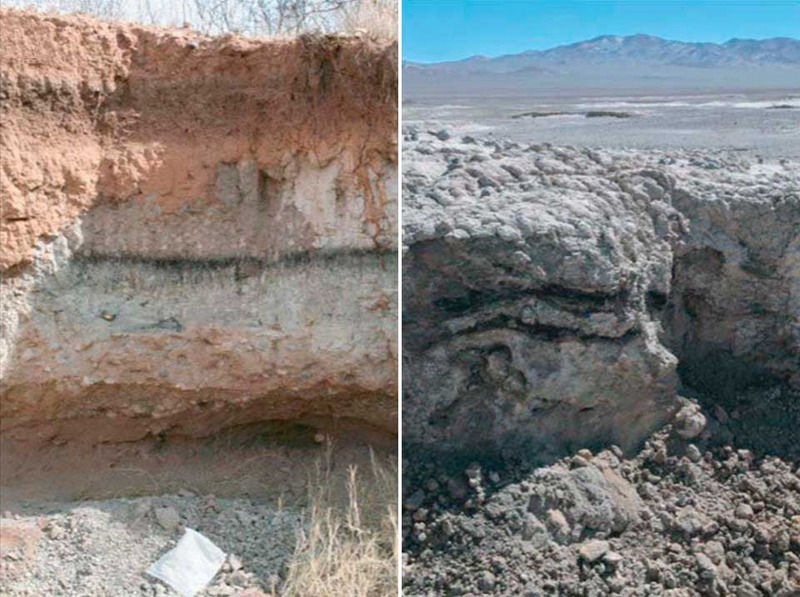Will this be the future of luxury bachelor and bachelorette parties? Maybe it's something you could get your grandkids. By 2050, bordellos will offer for-hire sex
robots for disease- and guilt-free pleasure,
according to a new scientific paper.
The research, published in the May issue of the journal Futures, sits incongruously among more staid titles about new spatial planning methods and urban sprawl. The paper is meant to be a "futuristic scenario" that "pushes plausibility to the limit," write its authors, Michelle Mars and tourism professor Ian Yeoman, both of the Victoria University of Wellington in New Zealand.
Nevertheless, they said, "It is feasible. Society has had
relationships with machines and we continue to have increasingly intimate relationships with more and more sophisticated technologies." And for the sex tourism industry, it's something to look forward to, they said. Commercial sex robots would be free of disease and would reduce the trafficking of real people for sex work, they write.
To explore their ideas, Yeoman and Mars envisioned Amsterdam's
sex tourism industry in 2050. They imagined "Yub-Yum," a sex club for business travelers, which would sell "all-inclusive service" - including massages, lap dances and intercourse - for 10,000 Euros, or about $13,000.
Rises in human trafficking and in
drug-resistant strains of HIV, which Yeoman and Mars predict will occur in the 2040s, motivated Amsterdam officials to license robotic bordellos. In spite of serious problems with human brothels, city tourism council members didn't want to shut down brothels altogether because they worried such a crackdown might drive away tourists. Robots were the answer.

Comment: Yet another reason for the "First World" countries to be injecting themselves into Africa. Here are more
Land Grabs Threaten Africa Food Security'
Oxfam Warns of Spiralling Land Grab in Developing Countries
Land grab on a global scale
Ethiopia Forcing Thousands off Land: US Rights Group